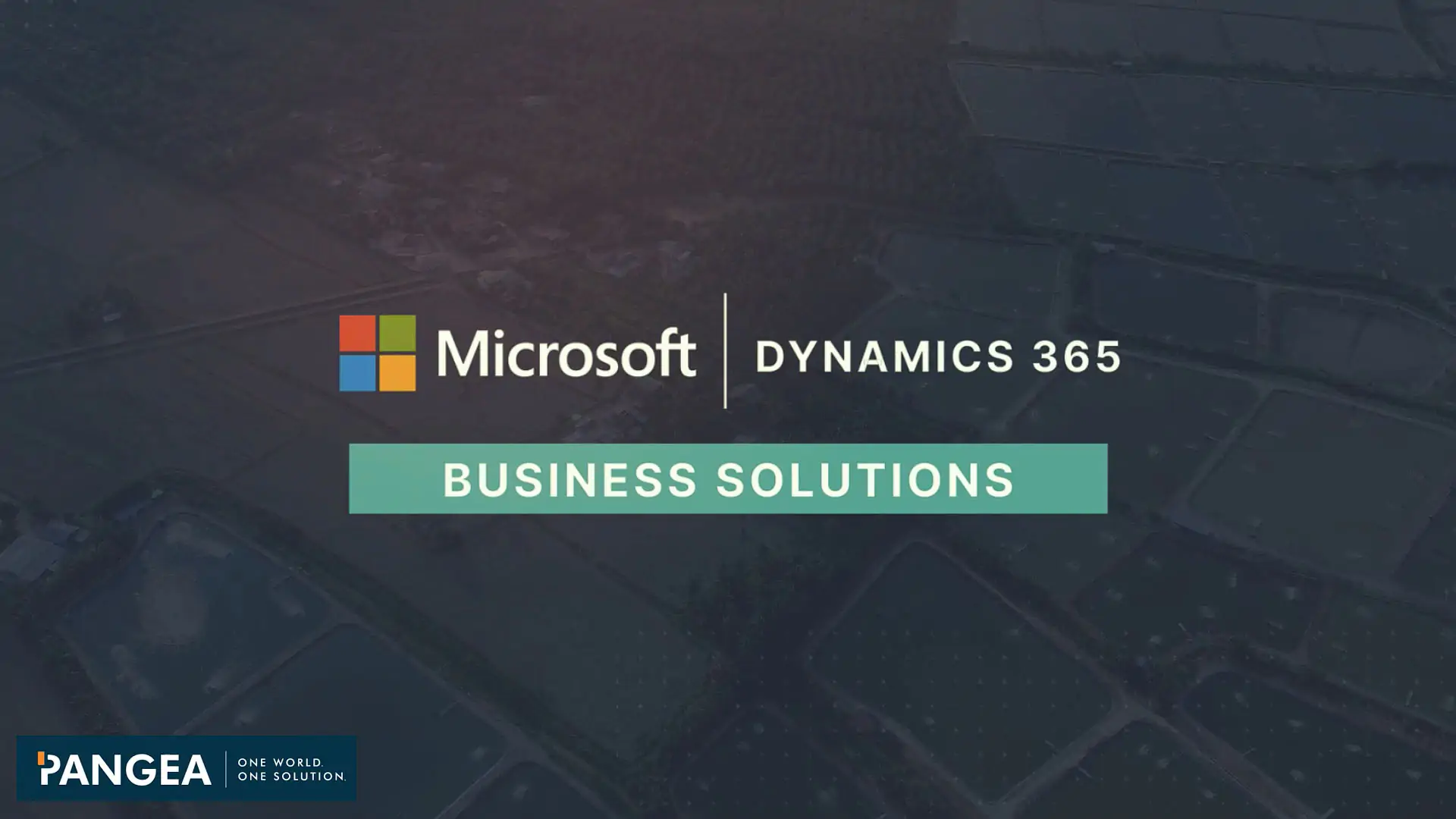
Even more companies have been pushed to turn to more sustainable technologies in the world’s fastest-growing food industry, aquaculture. Whether to save costs, increase productivity, or reduce the impact on the environment. These three causes are reasonable, but the latter is the most crucial one since it is a matter that concerns us all. Enterprises must shift to sustainable ways to keep their production going, reducing harm to the planet. This blog will guide you on how these technologies help your business get a powerful, sustainable aquaculture system with long-lasting results.
According to the International Sustainable Aquaculture Strategy research by The Ocean Foundation, “one in seven people rely on fish for protein.” The aquaculture industry keeps expanding, and so are the demand and need; that’s why companies must enhance the way they sustainably farm fish. Once businesses shift to sustainable aquaculture practices, they will meet today’s needs. That will help preserve ocean ecosystems and sustain communities that rely on them.
Unlike the traditional Flow-Through Systems (FTS) that must be near the coastline, RAS technology (sometimes called land-based “closed” systems) can be placed anywhere, providing easier access to labor near logistics hubs and end-market. Furthermore, RAS technology is both beneficial to the environment and the company’s operations compared to FTS since they consume less water and energy. RAS also offers controls to reduce contaminants, use medicines and growth hormones, and decrease the spread of disease. As well as lowering salmon lice issues, algae bloom and escape.
These self-contained systems tend to allow for efficient polyculture approaches to raising both vegetables and animals together. They are even more sustainable when facilities power their systems with renewable energy, ensuring almost 100% reclamation of their water and focusing on raising herbivores and omnivores.
With a large amount of fish farming and lack of technology that helps monitor ongoing activity, several diseases might spread among fish, strongly impacting their health, consumers, and water quality. Biosensors are a great modern technology that improves fish farming operations through underwater navigation, water pH data collection, and analysis of numerous data such as oxygen level, water temperature, pollutants, salinity, and turbidity.
It can be pretty daunting to maintain the proper pH depending on the type of fish in many cases. Therefore, these modern biosensors help farmers in this scenario. The biosensors allow improved yields and create the ideal aquaculture environment, monitoring heart rate and metabolism.
Although biosensors collect essential data, AI is one of the best options for decision-making. It helps in predictive analysis and provides enhanced data-based decision-making. Additionally, it allows farmers to detect water pollution and notify them before the environment harms aquaculture.
AI can also help reduce overexploited fish species relying on data collection. This allows farmers to use it to implement sustainable harvesting practices.
Although more modern technologies keep increasing the aquaculture industry’s operations while decreasing the environmental impact, the solutions mentioned above demonstrate to be the best bet for sustainable processes.
At Pangea Consultants, we are industry experts with tailor-made solutions for aquaculture. We rely on Microsoft Dynamics 365 intelligent business apps, which seamlessly connect with these new technologies and promote the comprehensive operation of Aquaculture enterprises. This integration helps you reach the optimization and sustainability of your operations and yield long-term benefits cost-effectively.
Watch the video below to discover what Dynamics 365 can offer to the aquaculture sector, delivering optimized and sustainable processes from egg to fork:

